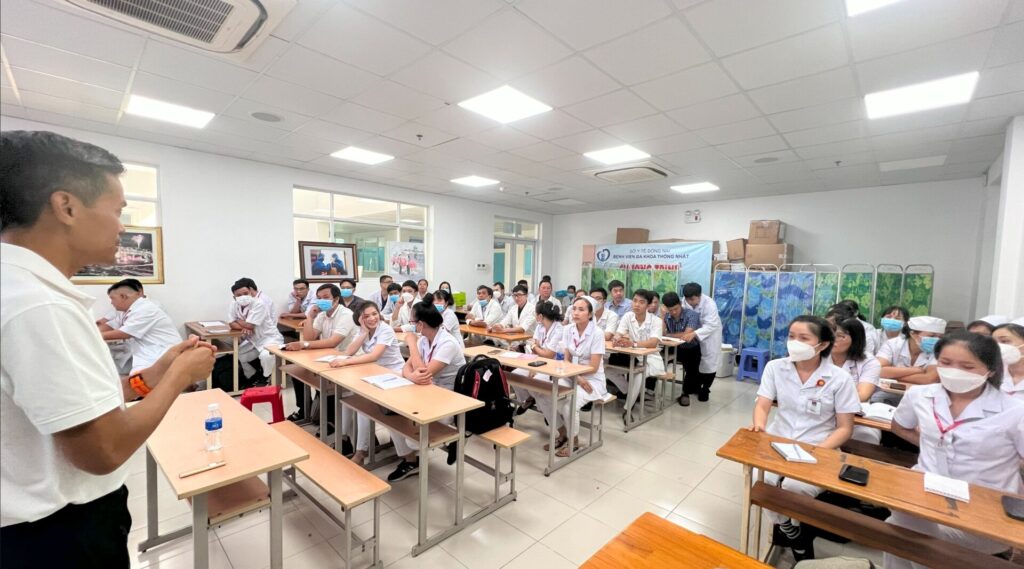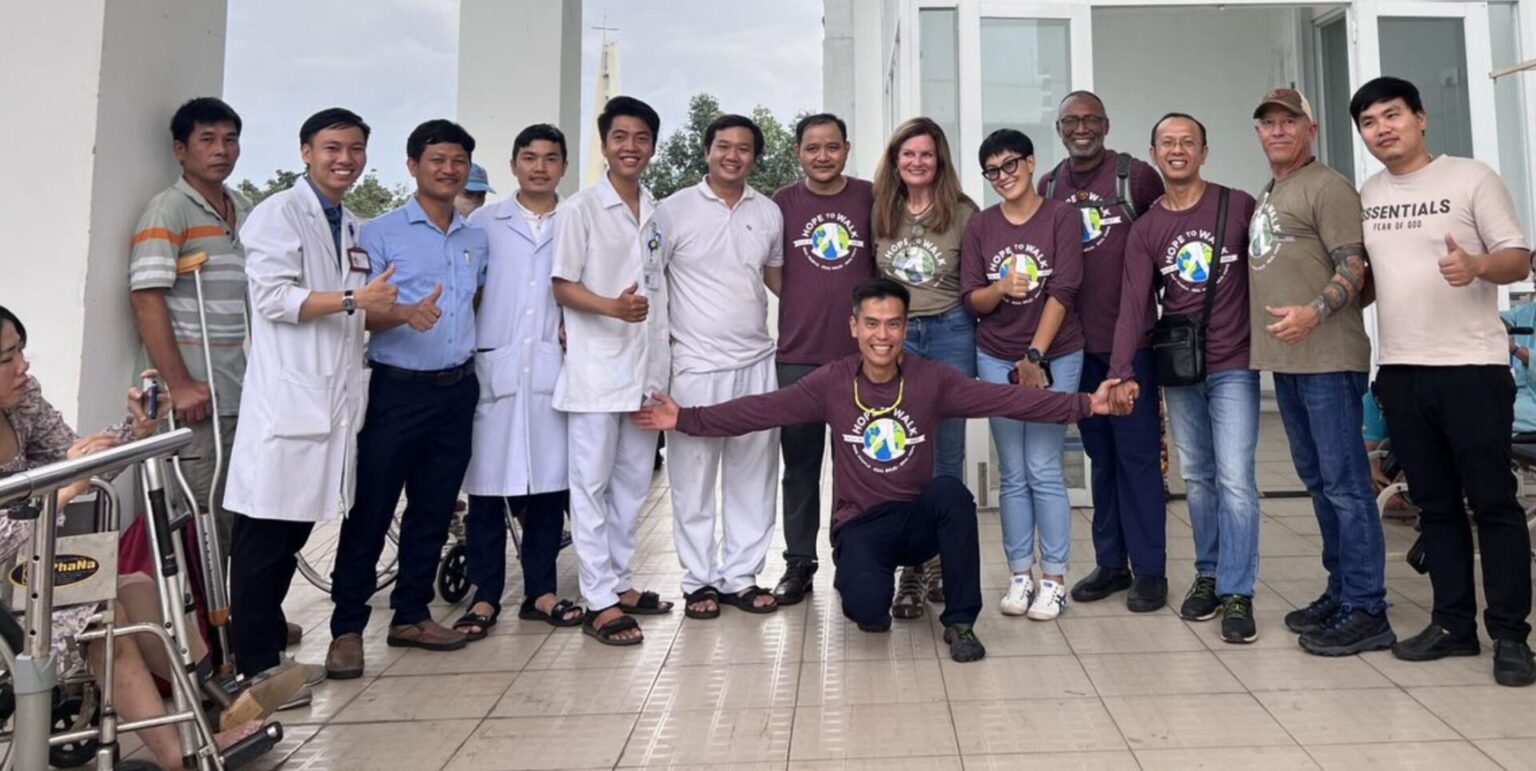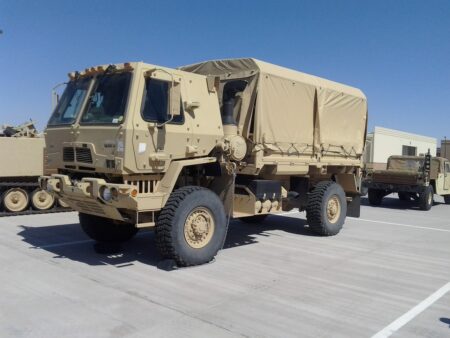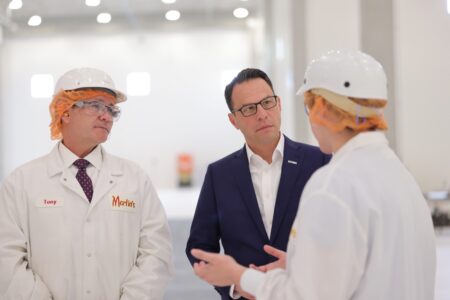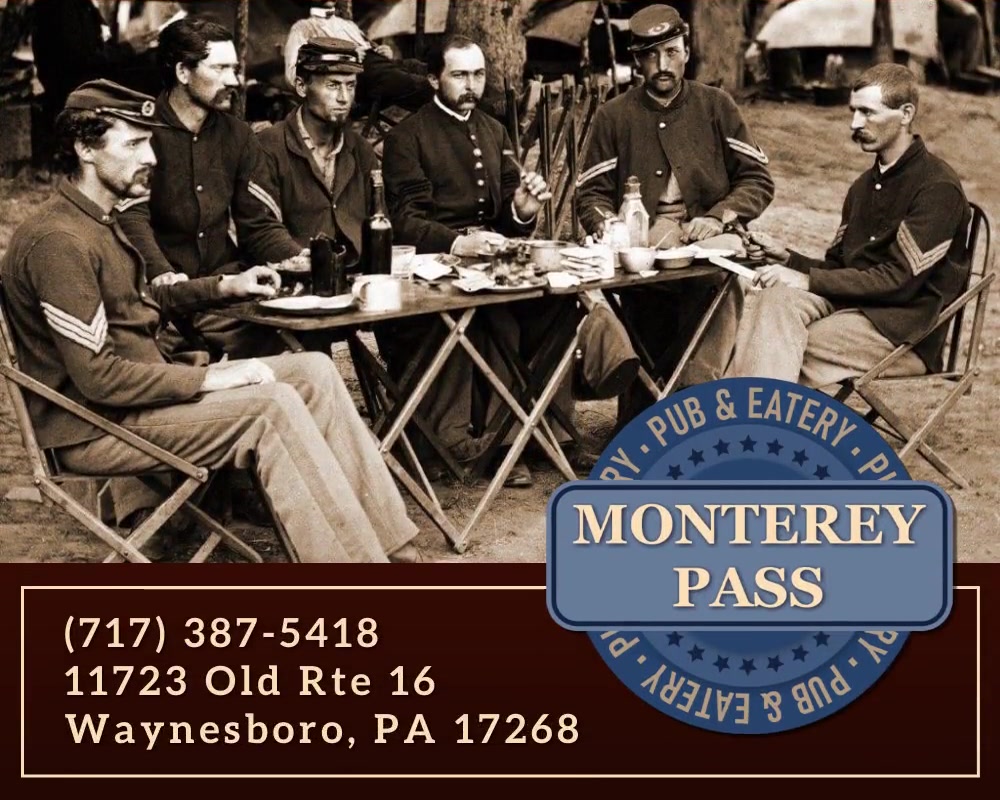Do one, see one and teach one.
That was the model of training for the Hope to Walk in Vietnam 2023 trip. Hope to Walk is a non-profit organization that offers prosthetic legs to those around the world who need them.
“Our mission was to provide 100 legs to amputees in Vietnam,” said Dr. Stephen Bui, a podiatric specialist at Advanced Foot and Ankle Care in Waynesboro, who recently returned from the three-week trip.
Bui, the only doctor, was joined by five volunteers from Otterbein Church of Waynesboro, which helped sponsor the trip, and four representatives of Hope to Walk, headquartered in Blacksburg, Virginia.
The cost for the procedure in North America can range from $10,000 to $25,000. “Not many people in Vietnam can afford that. It’s a lifetime salary. We have the cost down to $250, and the fitting can be done on the spot, quickly. We let them practice how to walk on the same day. It (the process) typically takes three weeks anywhere else in the world.”
“We traversed the whole country, 1,000 miles of Vietnam from north to south and we fitted 20 people with artificial legs. We also taught the local prosthetists (people who make the legs) and doctors how to fit people for legs and left parts for the legs, so they can put them on another 80 people.
“We’re going to go back again next year in November. We will provide prosthetic legs and additional training. We will teach them – doctors, prosthetists and prosthetist interns – how to make the parts. We let them see us make a leg and how to put on new legs for people – then they can do one and teach someone how to do one.”
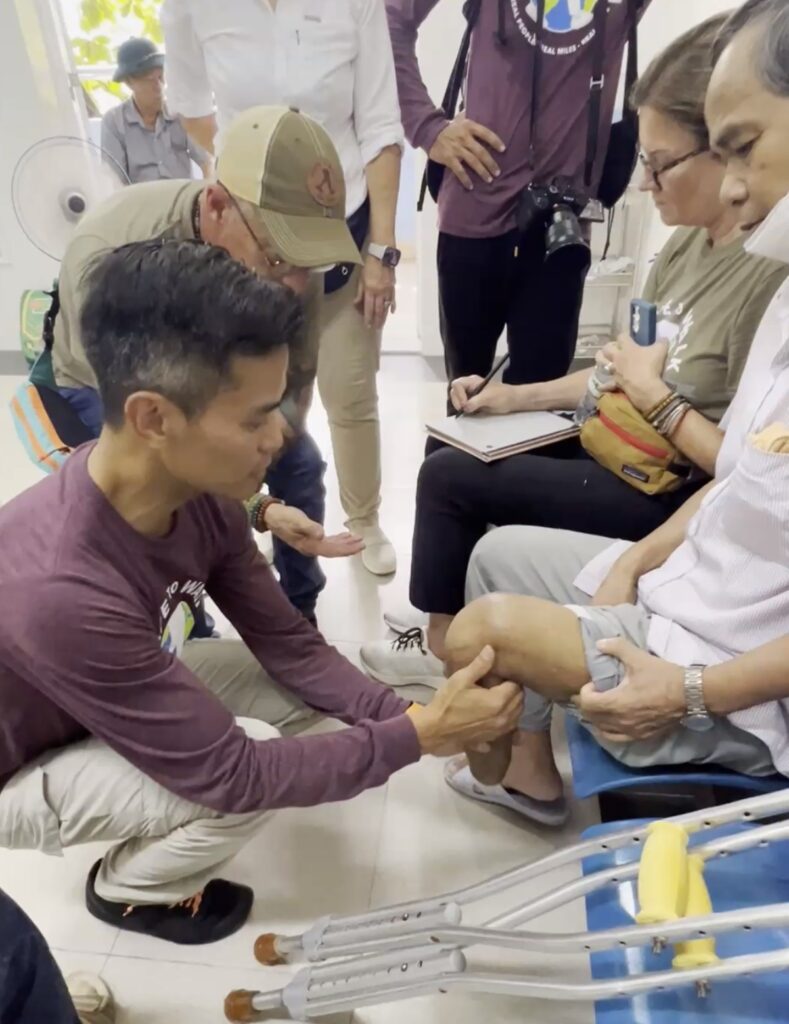
PROVIDED PHOTO
Residents who benefitted ranged in age from 10 years old to 75, according to Bui. One patient, a Vietnamese soldier who lost his arm and leg during the war, was hesitant about undergoing the process. “Once he got his leg, it was a complete 180 degree turnaround. He was so happy to be able to walk again.
“It was a life changing experience for these people. So many, including our own staff, were in tears, to see that they were able to walk again and we were able to witness their reaction. They had their life transformed, from people considered invalid or disabled and a liability to their family or society because they require someone to take care of them, to then become mobile and contribute to society again. It also liberated their family from this burden. That’s the excitement we saw. From their own words, we were a Godsend.”
Many patients traveled at least a day to reach a clinic, on mopeds, by train or bus. “We made arrangements with the hospitals to get the word out.” The people seeking help were injured by landmines, bombing during the Vietnam War, auto accidents or diabetes as well as children with a congenital deformity, he noted.
The team was faced with the obstacle of time constraints, traveling each week to a different region, as well as equipment constraints. Volunteers also were challenged with attempting to fit patients with a prosthesis who did not receive an amputation compatible with the process. “With most people, the surgeon did not amputate with a prosthesis in mind. Some of them were not able to get a prosthesis because of this. The challenge is teaching doctors how to do amputations for them to receive a prosthesis in the future,” Bui said.
For more information, or to donate, visit:hopetowalk.org
